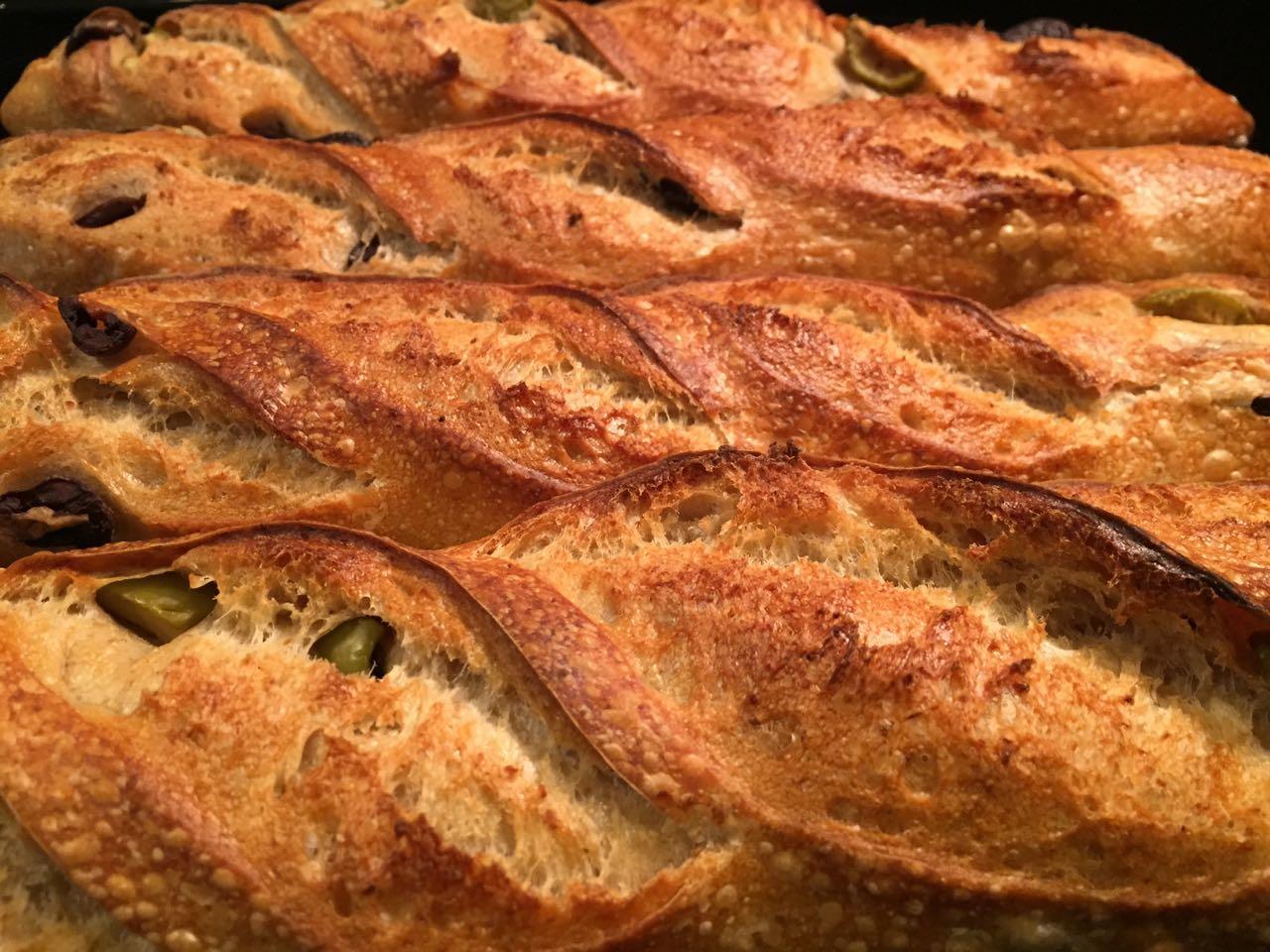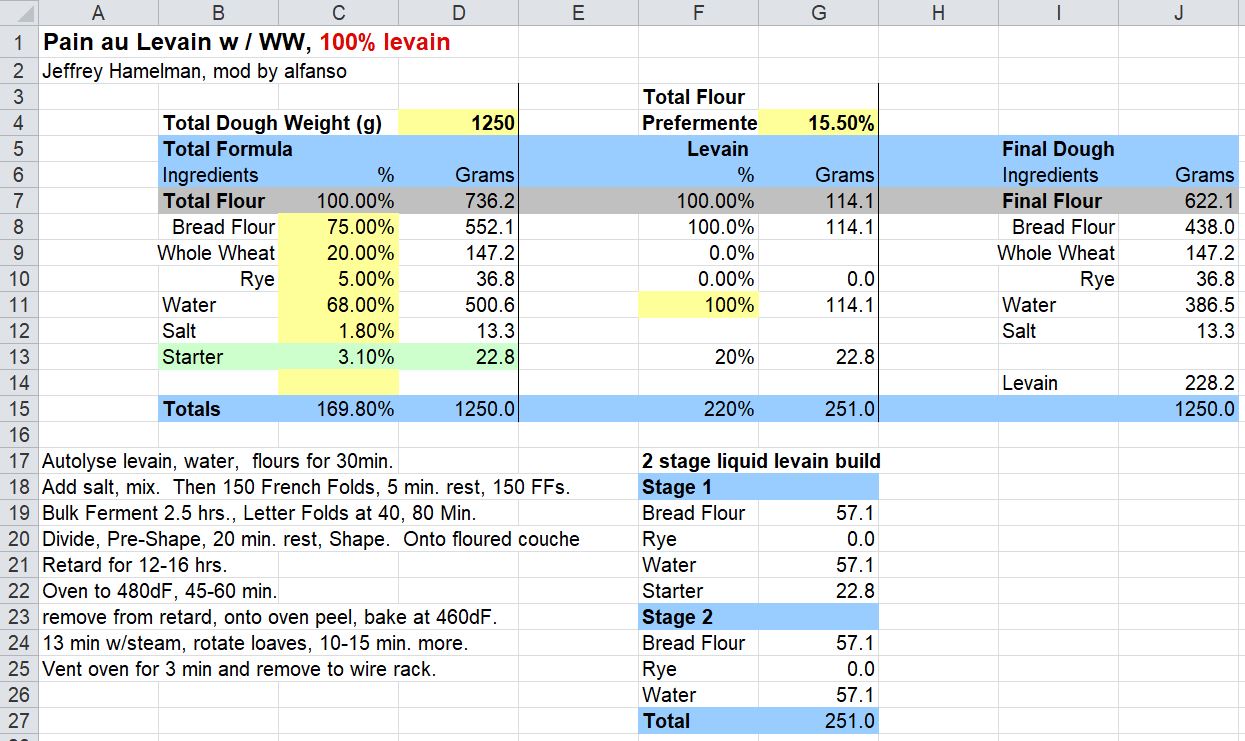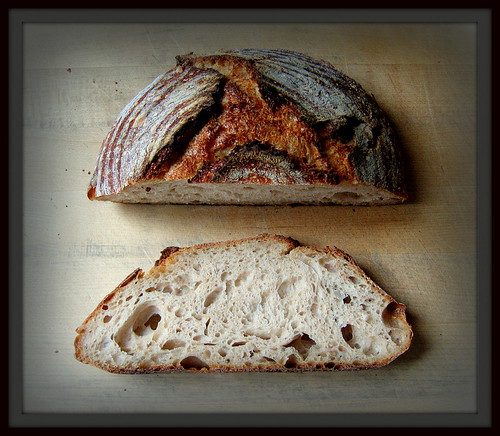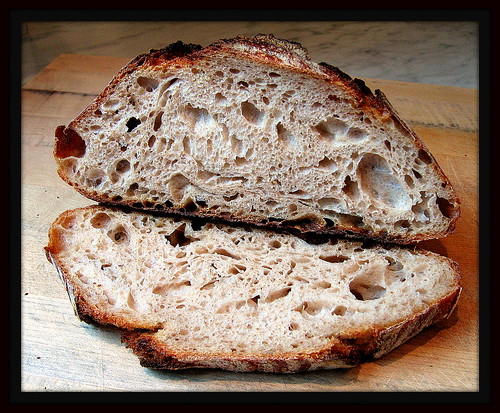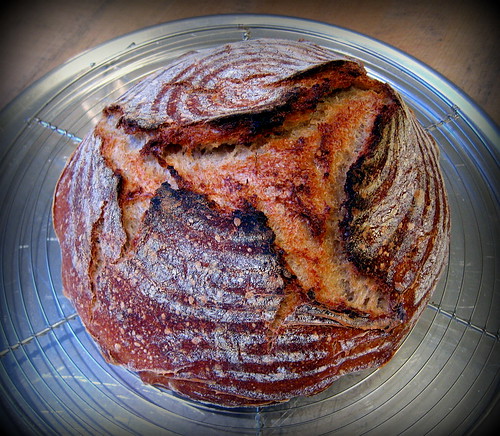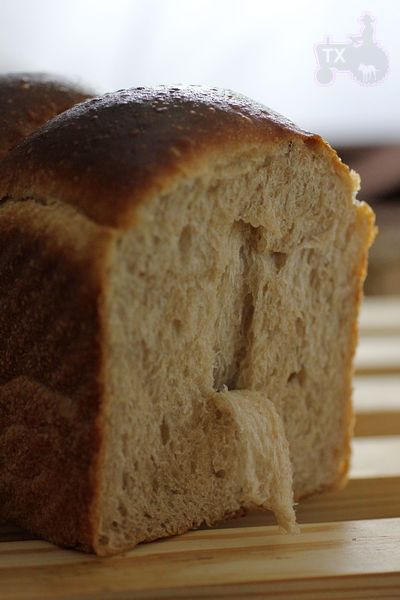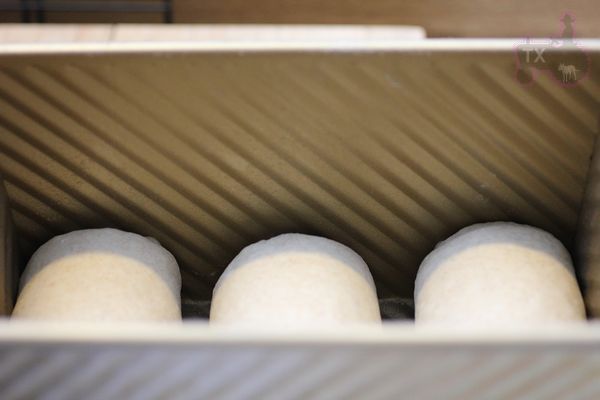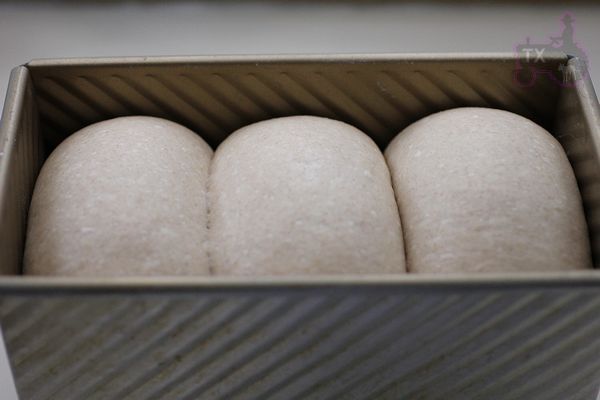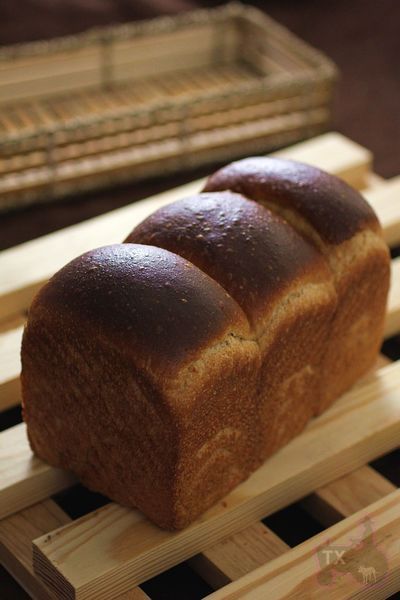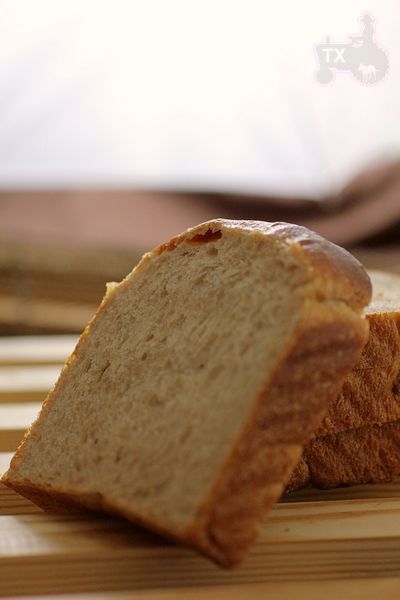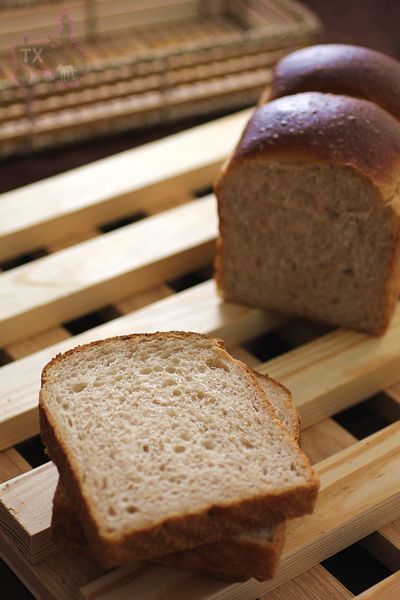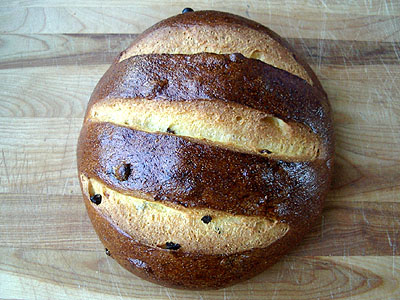 Last week I posted a basic cornbread recipe. I suspect some folks reaction was "ho-hum". So this week I'm showing that you can, indeed, do more with corn meal than just make cornbread.
Last week I posted a basic cornbread recipe. I suspect some folks reaction was "ho-hum". So this week I'm showing that you can, indeed, do more with corn meal than just make cornbread.
How about a yeasted bread with corn meal? How about a sweet raisin yeasted bread with corn meal in it? Sound good? It did to me.
The recipe and a lot more photos are below.
I based this one on a recipe from a little Betty Bossi baking book that my father-in-law brought back from France (Betty Bossi is, I gather, like a Swiss equivalent of Betty Crocker). My French is fair, as is my metric system, but thanks to my scale, which can toggle from metric to imperial, I was able to pull something together pretty quickly.
I'm going to print the recipe with the original metric measurements. Next to each I'll include my imperial approximation, which also include my substitutions. My translations and measurements aren't exact, so if you are a stickler you can use the metric measurements or do the math yourself!
Sweet Corn Raisin Bread
|
Original Metric Measurements
|
Imperial Approximation and Substitutions
|
150 grams corn flour
1 deciliter water
|
1 cup corn meal
1/2 cup water
|
350 grams white flour
1/2 cube (approx. 20g yeast)
3 tablespoons sugar
2 deciliters milk
1 1/2 teaspoons salt
1 pinch saffron
50 grams butter
|
2-3 cups unbleached all-purpose flour
2 teaspoons instant yeast
3 tablespoon sugar
1 cup milk
1 1/2 teaspoons salt
saffron I'm too cheap!
2 tablespoons butter
|
|
75 grams raisins
|
1 cup raisins
|
1 egg yoke
1 teaspoon water
1 pinch salt
2 pinches sugar
|
1 egg yoke
1 teaspoon water
1 pinch salt
2 pinches sugar
|
Mix the corn meal and the water together in a small bowl and allow to soak for half an hour.
Pour two cups of the flour in a bowl and combine with the yeast, sugar, salt, and saffron. Make a well in the middle and pour in the corn meal soaker, remaining milk, and butter. Stir until well blended.
Stir in the raisin and then add additional flour by the handful until the proper consistency is reached (tacky to the touch but not sticky, and clearing the sides of the bowl when mixed).
Pull the ball of dough out of the mixing bowl and place it onto a clean work surface. Knead the dough for 10 to 12 minutes, until it begins to feel smooth and satiny. Place the dough back into a clean, oiled bowl, cover with plastic wrap, and allow the dough to rise until it has doubled in size, roughly 90 minutes.
Remove the dough from the bowl and gently degas it, then shape into the desired shape. Cover the dough with plastic wrap or a moist towel and allow it to rise until doubled in size again, roughly 45 minutes to 1 hour.
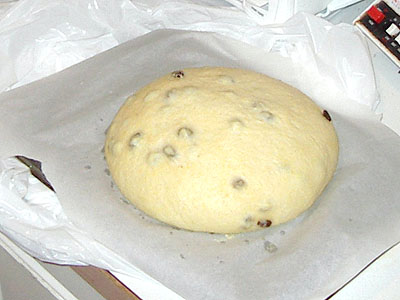
While it is rising again, preheat the oven (and baking stone, if you are using one) to 425.
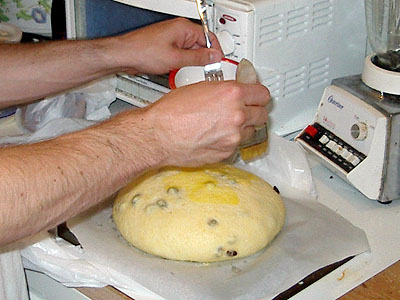
When it has doubled in size, glaze the loaf with egg wash made from the egg yoke, water, salt, and sugar. Score the loaf so that it doesn't tear in the oven, and then place it into the preheated oven.
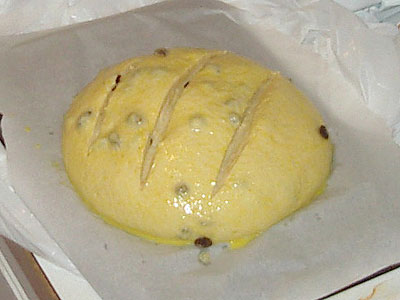
After 5 minutes, reduce the oven temperature to 350 degrees. After 15 minutes rotate the loaf so that it bakes evenly, and then bake it until it is done. You'll know it is done when it is nice and brown, sounds hollow when tapped on, and reaches an internal temperature of at least 185 degrees. In my oven this took around 40 to 45 minutes.
Allow the loaf to cool for at least half an hour before slicing.
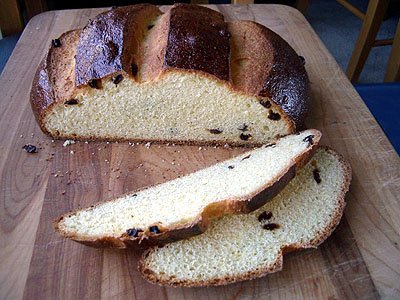
Further Exploration
I was very pleased with this loaf, but I have some ideas I'd like to try to make this bread even better. One idea is instead of using 1 cup of medium grind corn meal, use a mixture of finely ground corn flour and coarsely ground polenta. Something along the lines of 3/4 cup corn flour and 1/4 cup presoaked polenta ought to lend the loaf a smooth, creamy crumb with a few crunchy bursts of polenta here and there.
The other idea I have is to substitute honey for sugar, and maybe increase the amount of sweetener just a tad. The thought is that I might be able to get a flavor something along the lines of cornbread with honey butter baked right into the loaf. I haven't tried it yet, but it sounds good.
Olive oil instead of butter might be good too.
So many options... and never enough time to bake!
Have any ideas for other ways to modify this loaf? Or questions about it? Please comment!
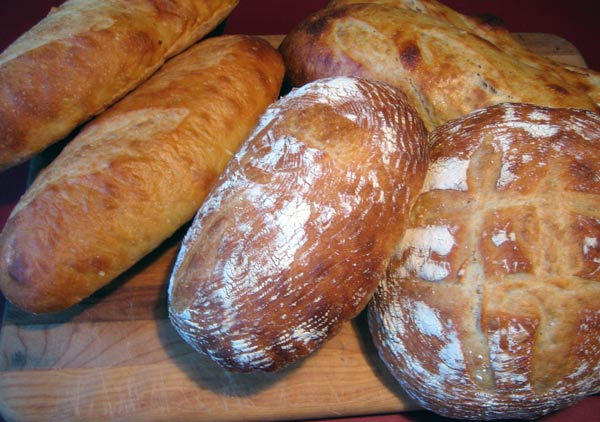


 Last week I posted
Last week I posted 




